There is so much advice about diet and nutrition these days it’s become very difficult to know how to eat well. Famous diets are created and sold as the ultimate way to eat, only to be left aside and forgotten within a few years. Nutritionists offer advice based on scientific studies, but then the studies are revealed to be flawed, or conflicts of interest among the researchers are revealed, or new research contradicts the old studies. How is someone supposed to make sense of all this?
I base my advice on understanding what humans used to eat. By examining the types of diets that sustained us for generations a more complete understanding of diet is possible. Humans have lived in every part of the world, and have eaten an incredibly varied diet. We are omnivores, and we can eat many, many different kinds of foods. The specific types of foods that are good for a single person will be different depending on their genetics, their lifestyle, and their climate and environment. In the modern world, however, there are some basic things to keep in mind.
Rule #1 – Eat Real Food
- It should be recognizable as food to someone who lived 200 years ago.
- It should contain 5 ingredients or less – if you look at the ingredient list and it’s a paragraph long, don’t eat it.
- You should recognize and be able to pronounce all the ingredients. Avoid foods with long chemical names in the list of ingredients
- Eat fresh, or frozen if fresh is not available. Canned foods have many of their important nutrients destroyed in the canning process.
Rule #2 – Eat Organic if Possible
- Organic foods are grown without many of the chemicals used to grow conventional food. These chemicals place an additional toxic burden on the body.
- Organic foods are often more nutritious because the soil they are grown in has more nutrients. The higher levels of vitamins and minerals are very important for good health.
- Organic animal products are especially important. Any toxic chemicals or nutrient deficiencies in the food that the animal ate will be concentrated in their meat. This means you get even more toxins, or even less nutrients.
Rule #3 – Eat a Varied Diet
- Humans evolved eating whatever they could find. This was a lot of different things. We don’t do well eating the exact same thing every day.
- Eat all the colors. Choose fruits and vegetables with lots of different colors.
- Eat different types of animals, if possible. Eat both land and water animals.
- Be adventurous. Try something new. Make a dish from a new cuisine.
Rule #4 – Cook for Yourself
- Make yourself a home-cooked meal as often as you can.
- Avoid eating out or buying pre-made foods all the time.
Rule #5 – No Distracted Eating
- When you eat, sit down, take a deep breath, and relax.
- Don’t do other things while eating – no reading, no web browsing, no tv, no driving.
- Eating with others is healthy. Eating in most cultures is a social event. Eating with others and being social is not a distraction.
Foods to Increase
- Fresh fruits and vegetables.
- Organic and pastured meats and animal products. Wild-caught, sustainably harvested seafood.
- Healthy fats: olive, avocado, ghee, butter, coconut, red palm oil, and rendered fats from healthy animals (lard, tallow, etc.).
- Seeds and nuts.
- Properly prepared grains.
- Cooking spices.
Foods to Avoid
- Eliminate all hydrogenated and partially hydrogenated oils. The trans-fatty acids in these oils are extremely damaging to the body.
- Reduce or eliminate vegetables oils such as corn, soy, or canola. Most restaurants, even those that serve high quality food, cook with vegetable oil. This is another reason to avoid eating out all the time.
- Reduce or eliminate processed carbohydrates. This includes candy, cookies, pastries, donuts, white bread, as well as sugary drinks like soda and other sweetened drinks. For bread, if you can squeeze a slice into a little ball it’s too refined.
- Don’t consume artificial sweeteners or artificial colors.



